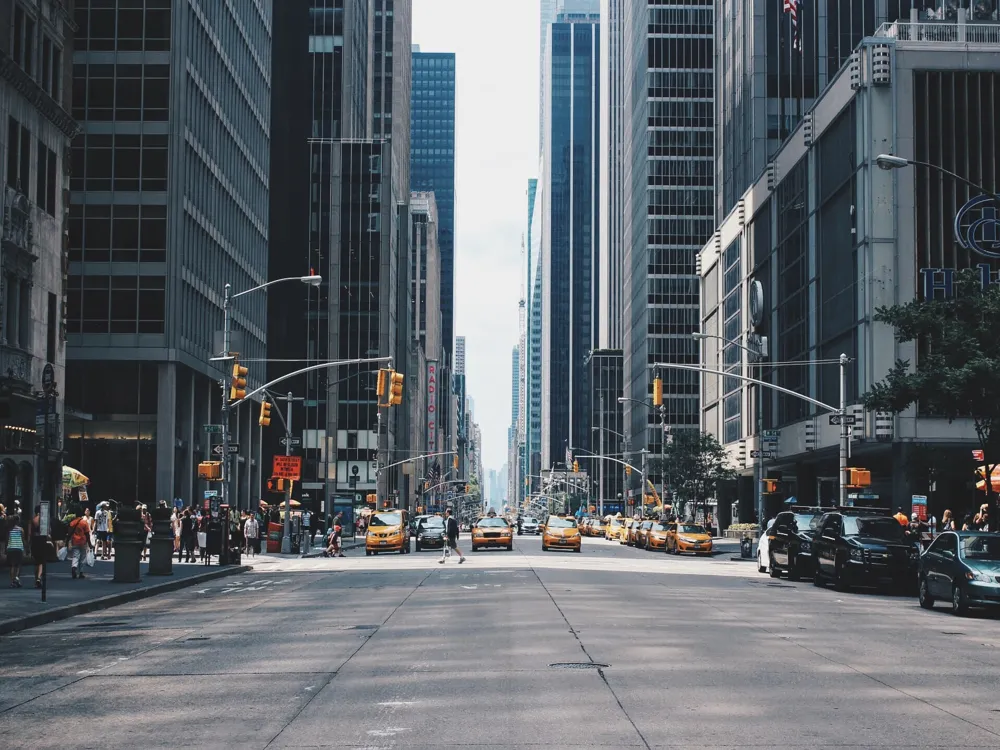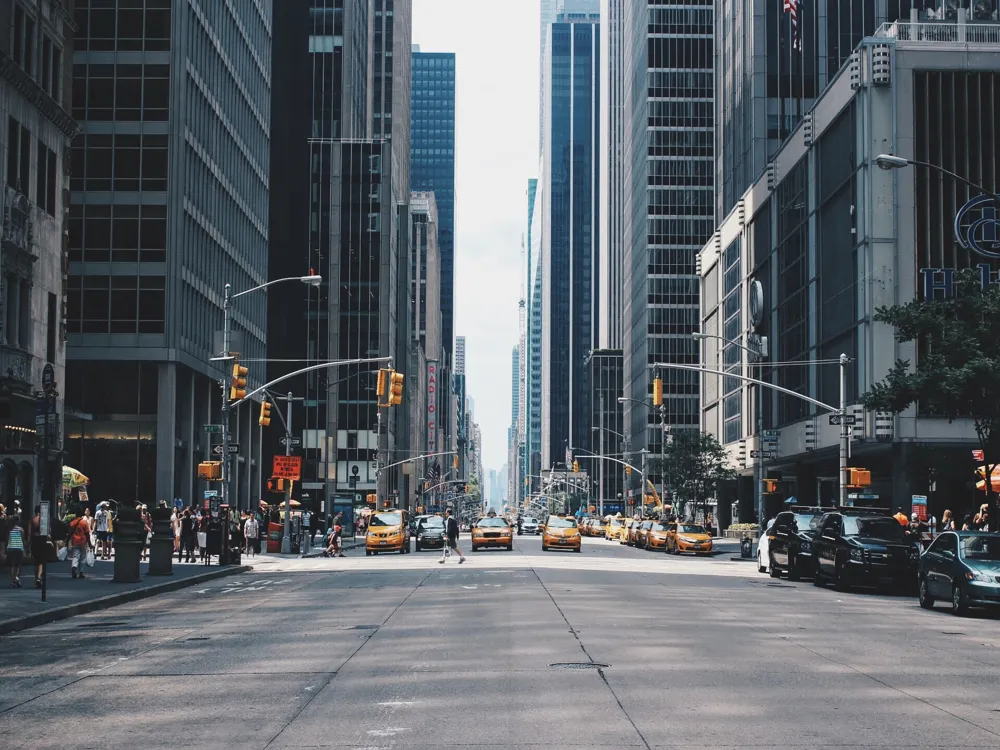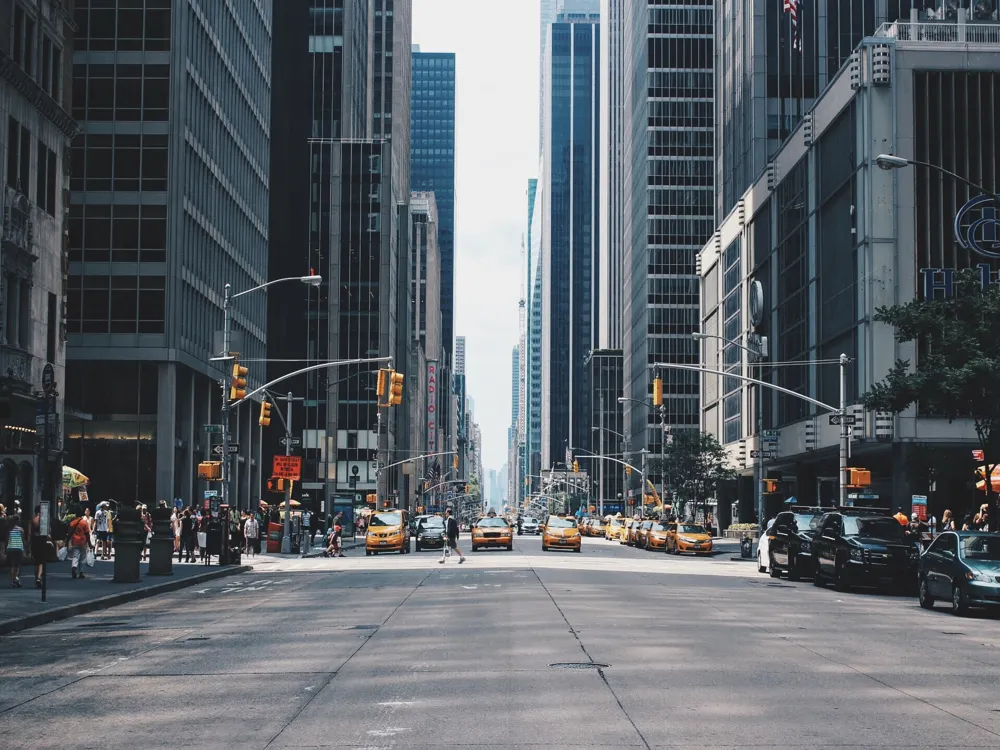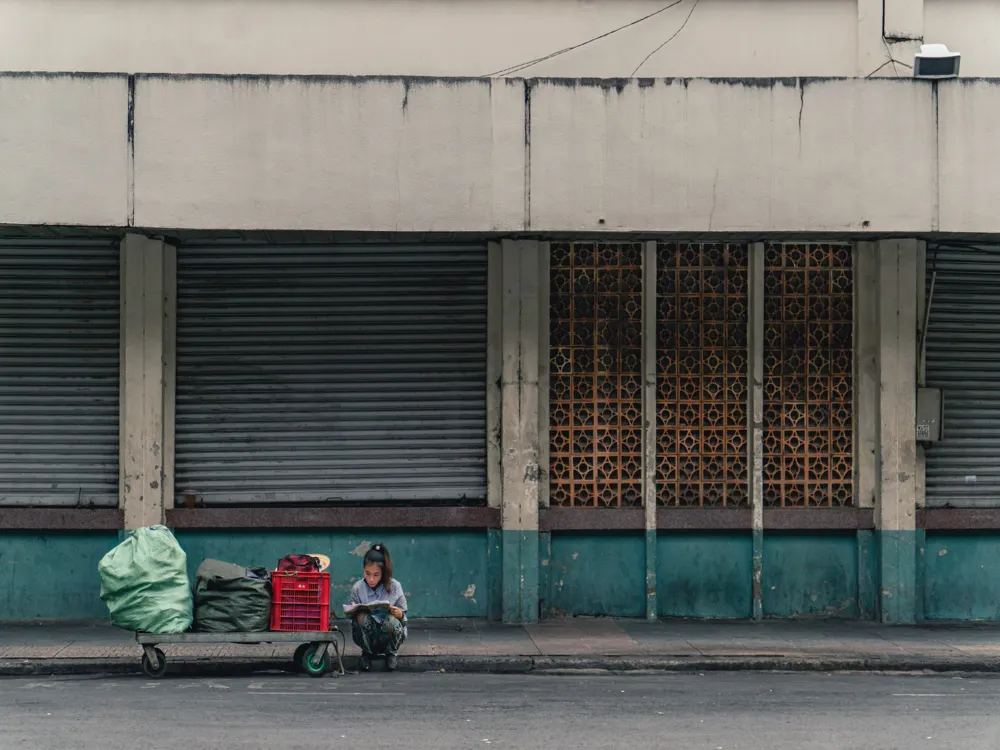Ho Chi Minh City Hall, an architectural masterpiece, stands as a symbol of the city's rich history and cultural heritage. Erected in the early 20th century during the French colonial era, it reflects the exquisite French colonial architecture blended with traditional Vietnamese elements. Its location at the heart of Ho Chi Minh City, formerly known as Saigon, makes it a prominent landmark and a must-visit destination for tourists and locals alike. The building's façade is adorned with statues, reliefs, and ornamental designs that embody the grandeur of the colonial era. Its central clock tower, a distinctive feature, not only adds to its aesthetic appeal but also serves as a historical timekeeper for the city. The City Hall is not open to the public but its exterior and the surrounding area offer a glimpse into Vietnam's colonial past and its journey to modernity. Beyond its architectural significance, the City Hall has witnessed numerous historical events that have shaped the course of Ho Chi Minh City. From being a center of colonial administration to its role in modern Vietnamese governance, it has remained a witness to the city's evolving political landscape. This historical significance, coupled with its architectural beauty, makes Ho Chi Minh City Hall a fascinating subject for historians, architects, and tourists. The architecture of Ho Chi Minh City Hall is a magnificent representation of French colonial style, heavily influenced by European Renaissance and classical elements. The building is a remarkable example of the Beaux-Arts architectural style, characterized by its symmetrical design, grandiose dimensions, and elaborate decorations. Its design reflects the architectural trends of early 20th century France, adapted to the local Vietnamese context. The City Hall's exterior is notable for its creamy yellow hue, which stands out against the city's skyline. The central façade is dominated by a towering clock tower, reminiscent of the town hall buildings in Europe. The intricate carvings, statues, and motifs that adorn the building draw inspiration from both French and Vietnamese cultural symbols, creating a unique fusion of styles. Inside, although not open to the public, the City Hall is known to feature grand staircases, high ceilings, and detailed interior decorations that echo the opulence of the exterior. The meticulous attention to detail in its construction and decoration makes it a textbook example of colonial-era architecture and an important part of Ho Chi Minh City's architectural heritage. The ideal time to visit Ho Chi Minh City Hall is in the morning or late afternoon when the sunlight beautifully enhances the building's architecture. It's also less crowded during these times, allowing for better photo opportunities. For the best photographs, capture the City Hall from various angles, especially from the front where the symmetry and details of the façade can be fully appreciated. Night photography is also recommended when the building is illuminated. While the City Hall is not open to the public, visitors are encouraged to respect the site by not littering and keeping noise levels down, as it's a significant historical and governmental building. Ho Chi Minh City Hall is located in District 1 and is easily accessible by various means of transportation. Visitors can opt for public buses, which have several routes passing near the City Hall. Taxis and ride-hailing services like Grab are also convenient options for reaching the destination. For those staying in central Ho Chi Minh City, the City Hall is within walking distance from many hotels and popular tourist spots. Read MoreOverview of Ho Chi Minh City Hall
Architecture of Ho Chi Minh City Hall
Tips When Visiting Ho Chi Minh City Hall
Best Time to Visit
Photography Tips
Respecting the Site
How To Reach Ho Chi Minh City Hall
Ho Chi Minh City Hall
Ho Chi Minh City
₹ 17,501 onwards
View ho-chi-minh-city Packages
Also Refered As:
People's Committee Building
Ho-chi-minh-city Travel Packages
View All Packages For Ho-chi-minh-city
Top Hotel Collections for Ho-chi-minh-city

Private Pool

Luxury Hotels

5-Star Hotels

Pet Friendly
Top Hotels Near Ho-chi-minh-city
Other Top Ranking Places In Ho-chi-minh-city
View All Places To Visit In ho-chi-minh-city
View ho-chi-minh-city Packages
Also Refered As:
People's Committee Building
Ho-chi-minh-city Travel Packages
View All Packages For Ho-chi-minh-city
Top Hotel Collections for Ho-chi-minh-city

Private Pool

Luxury Hotels

5-Star Hotels

Pet Friendly






















